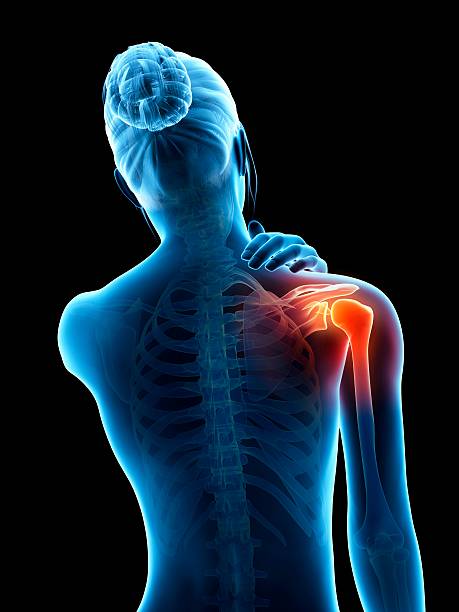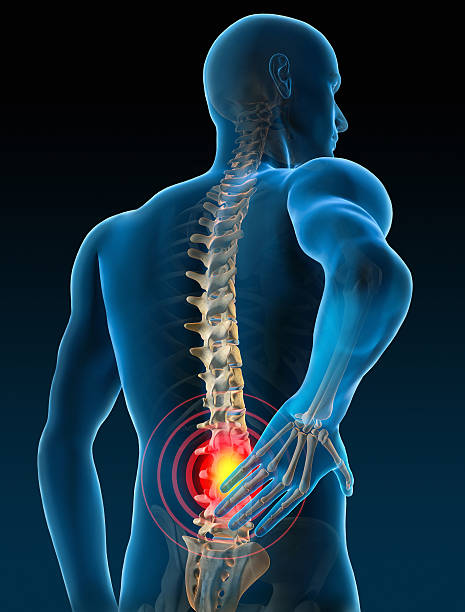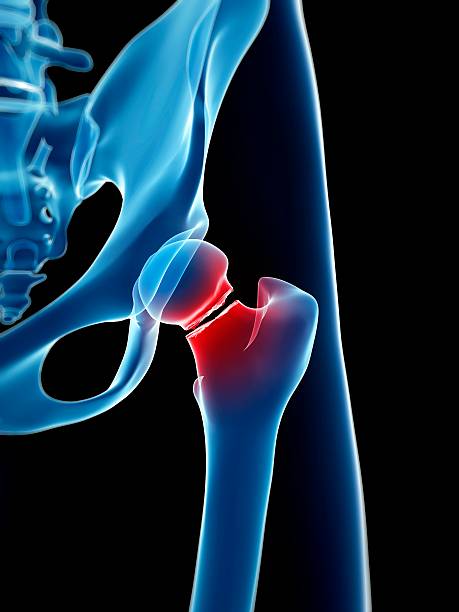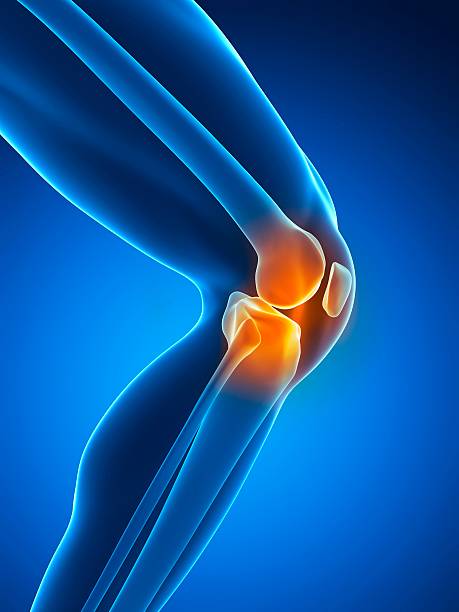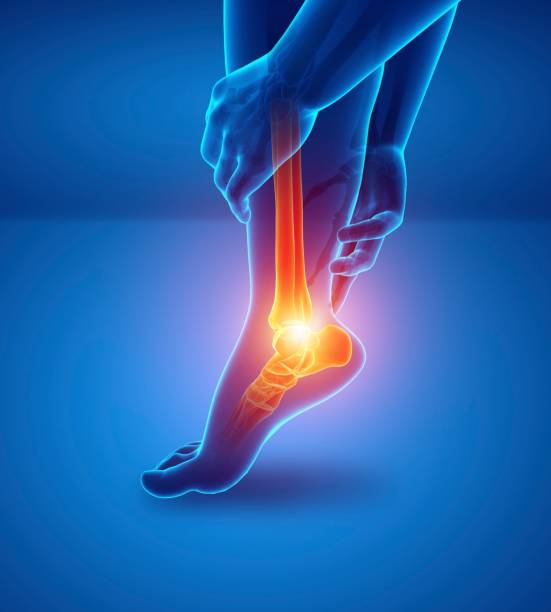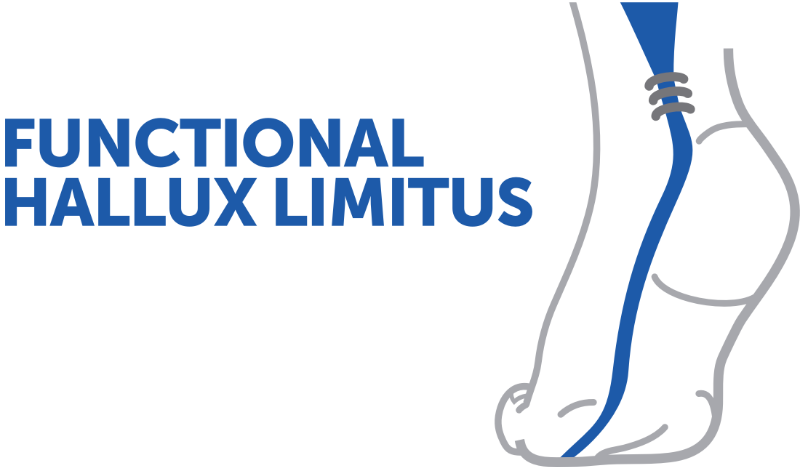When should a partial rotator cuff tear be operated on?
Dr. Antonino Fugazzotto presents the criteria for evaluating a partial rotator cuff tear and the situations in which surgery becomes necessary. The importance of clinical assessment, nighttime pain, subjective tests, and associated injuries is emphasized in determining appropriate management.
Doctors
Topics
Treatments
Advice
- Dr. Antonino Fugazzotto
- Clinical assessment of pain
- MRI and classification
- Conservative treatment
- Surgical criteria
- Suture techniques
- Conservative treatment
- Thenodesis
- Transtendinous suture
- Double row suture
- Debridement
- Monitor nighttime pain
- Assess biceps-associated injuries
- Do not systematically operate
- The grade of the lesion guides the treatment
Information
Video type:
Anatomy:
Surgery:
Thematic:
Partial rotator cuff injuries: when should surgery be considered?
The majority of partial lesions progress favorably with rigorous conservative treatment. The decision to operate is based on the failure of structured rehabilitation, the persistence of troublesome pain and the grade of the lesion.
Available data show slow progression, which allows for graded management before considering surgery.
Monitoring pain and function: EVN and SSV as a clinical compass
At each consultation, the pain intensity is noted on a simple visual scale and a subjective score (SSV) is collected by comparing the affected shoulder to the healthy shoulder. The presence of night pain is a pejorative signal, often associated with an unfavorable outcome.
The trajectory of these indicators over time guides the decision, more than the image alone.
If conservative treatment is well conducted, 87 % patients do well.
Never isolate the lesion: look for associated damage, especially to the biceps
A partial lesion is frequently accompanied by damage to the long head of the biceps (instability, subluxation) or the subscapularis. These elements determine the procedure to be performed: thenodesis or tenotomy of the biceps depending on the profile and informed discussion.
Systematic exploration of neighboring structures avoids missing the true cause of the symptoms.
Grades 1–2: conservative treatment and possible targeted debridement
For lesions less than 50 % in thickness, the priority is rehabilitation and pain control. Arthroscopic debridement may be proposed, while the indication for acromioplasty becomes more restrictive and discussed on a case-by-case basis.
The goal is to soothe, restore kinematics and allow the tendon its recovery potential.
What you should never forget is to look at the structures around the lesion.
Grade 3: Complete the lesion and repair securely
Beyond 50 % thickness, repair is generally indicated. Completing the lesion and then suturing in a double row restores a large tendon-bone contact surface, with clinical results comparable to transtendinous suturing after six months.
The final choice depends on anatomy and expertise, with the important factors being stability of fixation and post-operative protection.
Limitations of transtendinous suture: targeting and safety
Transtendinous suturing poses a risk of poor targeting when the orientation of the sutures varies between intra- and extra-articular views. In the less experienced operator, this can move the sutures away from the lesion area.
Completing the lesion provides direct visual control, simplifies the procedure and facilitates quality repair, without prejudging an inferior result.
Pathologies treated at the center
Hallux Limitus
Functional
Your pain has a cause.The balance sheet allows us to understand it.
- Gait analysis
- Posture Assessment
- Guidance on the right treatment
- Study of plantar supports and supports
- Detection of compensations
- Pain–movement correlation
The functional assessment allows us to understand how a joint or postural imbalance can trigger or perpetuate pain. Very often, imaging is normal, but movement is disturbed. By analyzing gait, weight-bearing patterns, or posture, we identify the weak links in the chain and guide targeted treatment adapted to the patient's actual mechanics.


